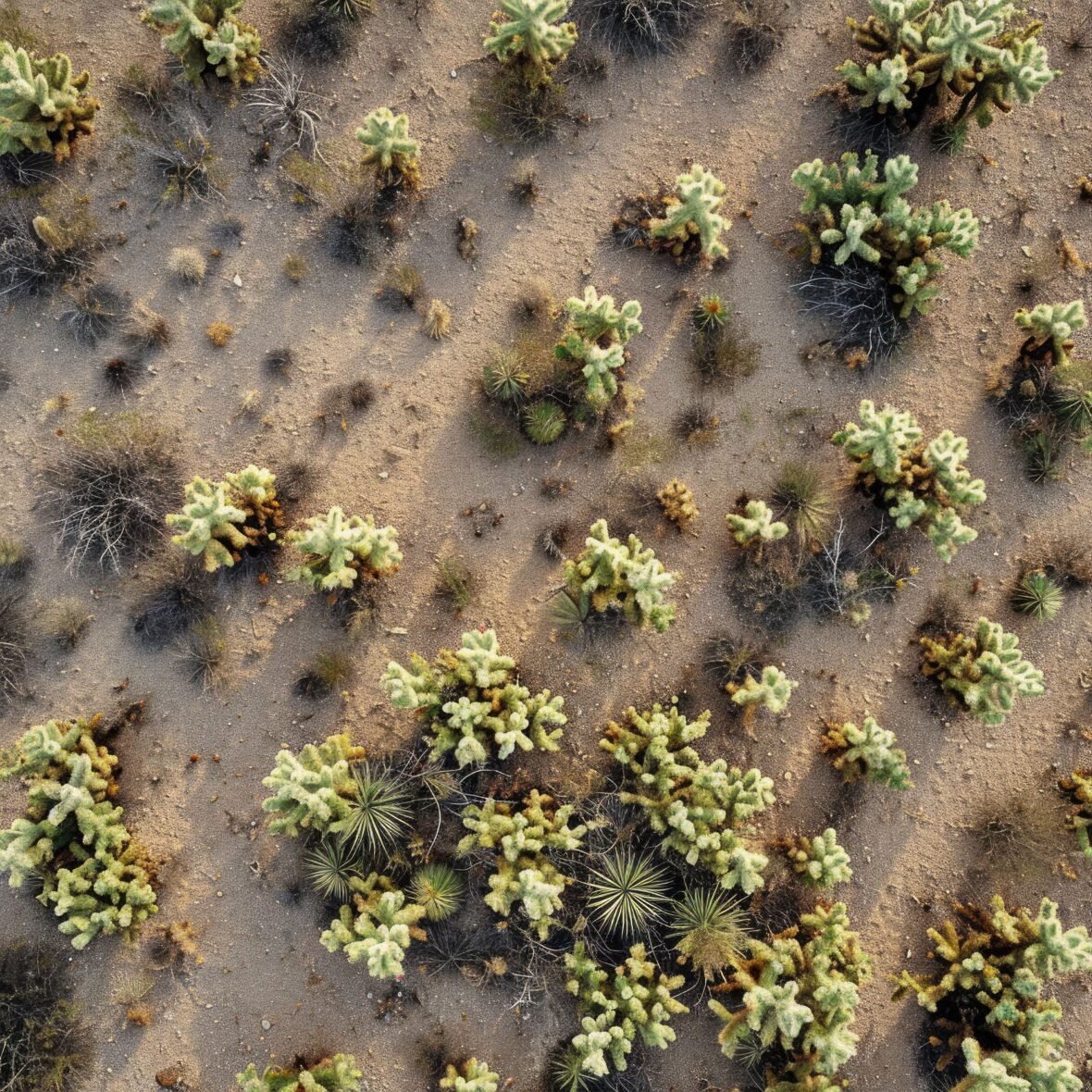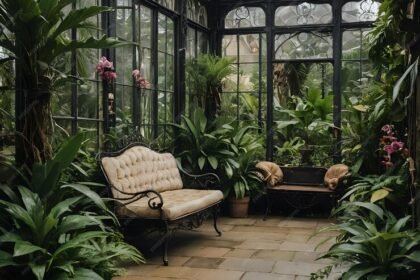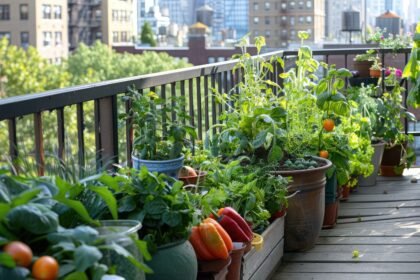Growing desert plants inside may give a touch of exotic beauty to your house while also giving a robust alternative for individuals who might not have the greenest of thumbs. Desert plants are noted for their capacity to flourish in tough, dry circumstances, making them well-suited for interior areas where watering could occasionally be ignored. Here are the top 10 most common desert plants that can be cultivated inside, each with its distinct features and care needs.
1. Aloe Vera (Aloe barbadensis miller)

Description: Aloe Vera is one of the most popular and easy-to-care-for desert plants. It contains thick, meaty leaves that exude a calming gel used for numerous medical uses.
Care Tips:
Light: Bright, indirect sunlight.
Water: Water carefully, leaving the soil to dry out completely between waterings.
Temperature: Prefers warm temperatures between 55-80°F (13-27°C).
Soil: Well-draining, sandy potting mix.
2. Jade Plant (Crassula ovata)
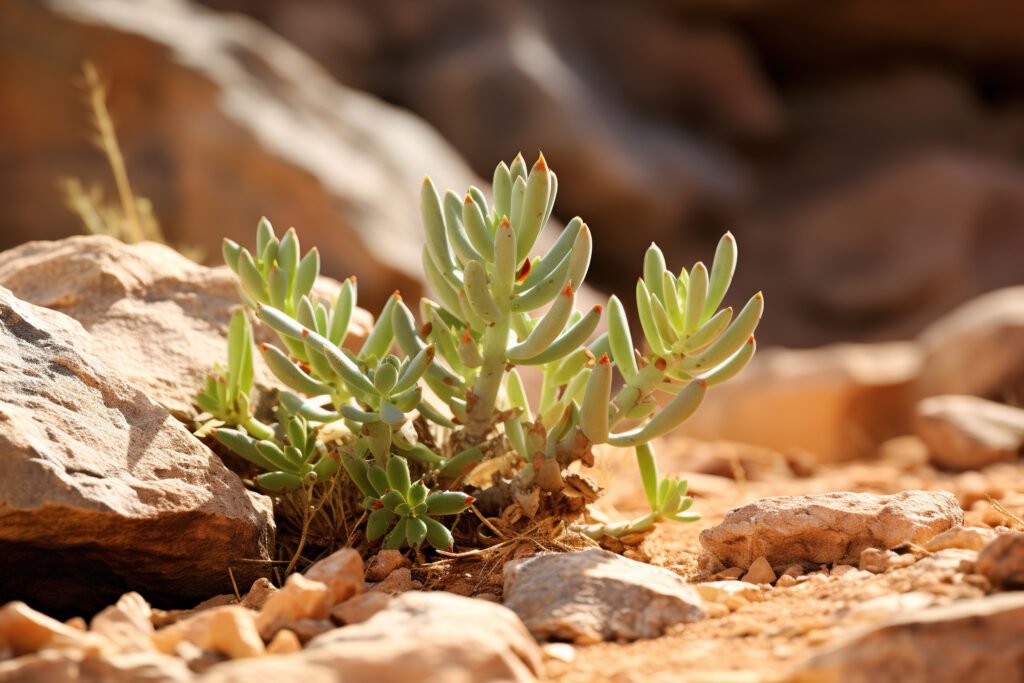
Description: The Jade Plant is a succulent with tiny, round, fleshy leaves that grow on strong, woody stalks. It is generally considered a sign of good luck.
Care Tips:
Light: Bright light with some direct sunshine.
Water: Water when the top inch of soil is dry.
Temperature: Thrives in temperatures between 65-75°F (18-24°C).
Soil: Use a cactus or succulent potting mix.
3. Crown of Thorns (Euphorbia milii)

Description: Known for its dramatic look, the Crown of Thorns features strong, thorny branches and vivid red or pink blooms.
Care Tips:
Light: Full sun to strong, indirect light.
Water: Allow the soil to dry out between waterings.
Temperature: Prefers temperatures between 65-75°F (18-24°C).
Soil: Well-draining, sandy soil.
4. Snake Plant (Sansevieria trifasciata)
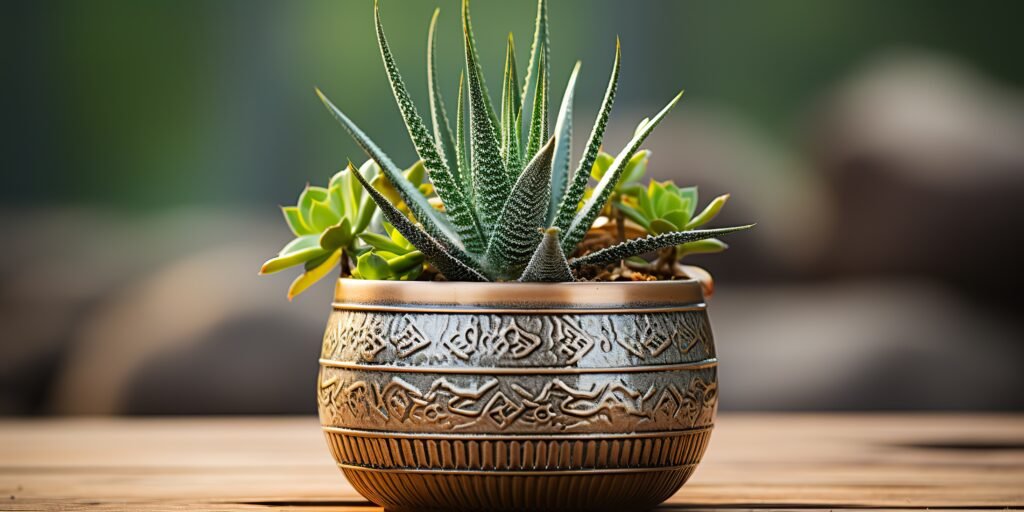
Description: Also known as Mother-in-Law’s Tongue, the Snake Plant features long, erect leaves with stunning patterns. It’s noted for its air-purifying capabilities.
Care Tips:
Light: Tolerates low light but thrives in strong, indirect light.
Water: Water occasionally; let soil to dry up fully between waterings.
Temperature: Enjoys temperatures between 70-90°F (21-32°C).
Soil: Use a cactus potting mix or a well-draining general potting soil.
5. Christmas Cactus (Schlumbergera bridgesii)

Description: Unlike other desert plants, the Christmas Cactus is an epiphyte with segmented branches and brilliant blooms that bloom during the holiday season.
Care Tips:
Light: Bright, indirect light.
Water: Keep soil slightly damp but not saturated; water more often during flowering.
Temperature: Prefers 60-70°F (15-21°C).
Soil: Use a well-draining potting mix with some organic materials.
6. Haworthia (Haworthia spp.)
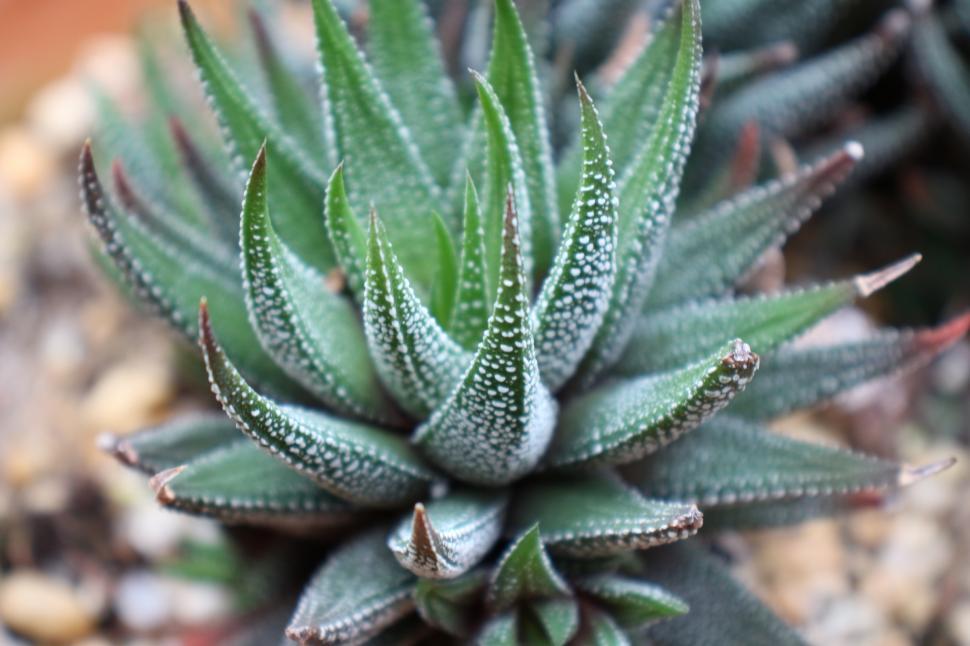
Description: Haworthias are little succulents with rosettes of fleshy, pointy leaves that typically have white stripes or dots.
Care Tips:
Light: Bright, indirect sunlight.
Water: Allow soil to dry out between waterings.
Temperature: Best at temps between 60-80°F (16-27°C).
Soil: Cactus or succulent potting mix with sufficient drainage.
7. Burro’s Tail (Sedum morganianum)
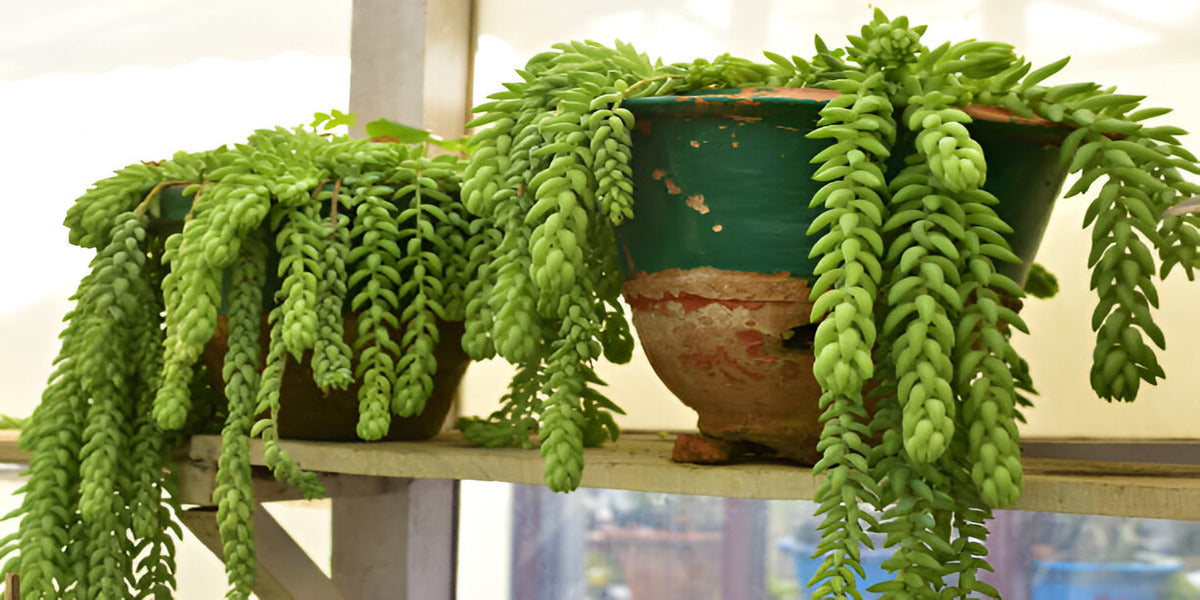
Description: Also called as Donkey’s Tail, this succulent has trailing stems covered with thick, blue-green leaves that appear like braided hair.
Care Tips:
Light: Bright light with some direct sunshine.
Water: Water sparingly, leaving the soil to dry out between waterings.
Temperature: Prefers temperatures between 60-75°F (16-24°C).
Soil: Well-draining, sandy potting mix.
8. Ponytail Palm (Beaucarnea recurvata)
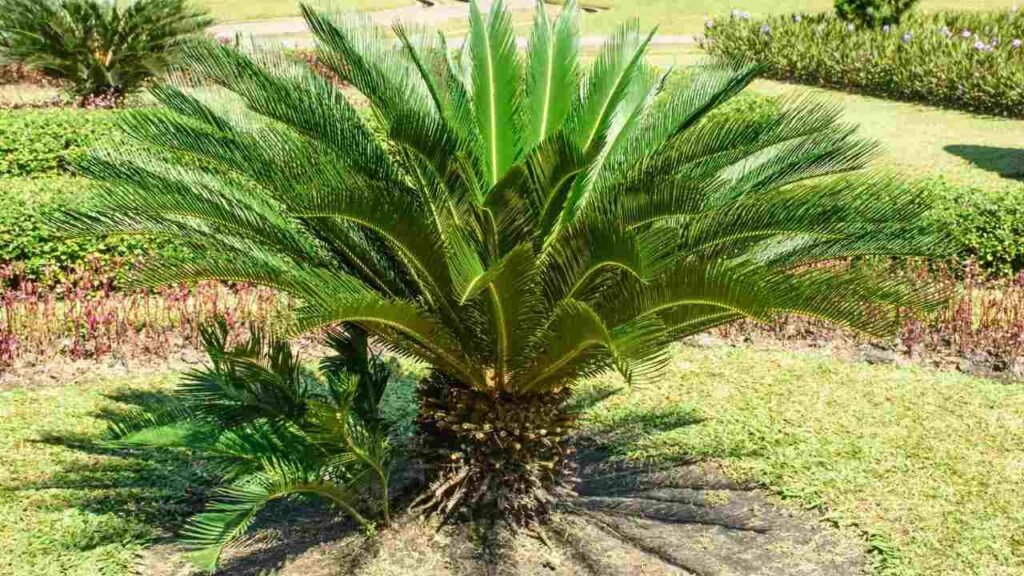
Description: Despite its name, the Ponytail Palm is not a genuine palm but a succulent. It possesses a swelling base (caudex) for water storage and long, arching leaves.
Care Tips:
Light: Bright light, can withstand some direct sunshine.
Water: Water generously but seldom; allow soil dry up between waterings.
Temperature: Enjoys temperatures between 60-80°F (16-27°C).
Soil: Use a well-draining potting mix.
9. Barrel Cactus (Ferocactus spp.)
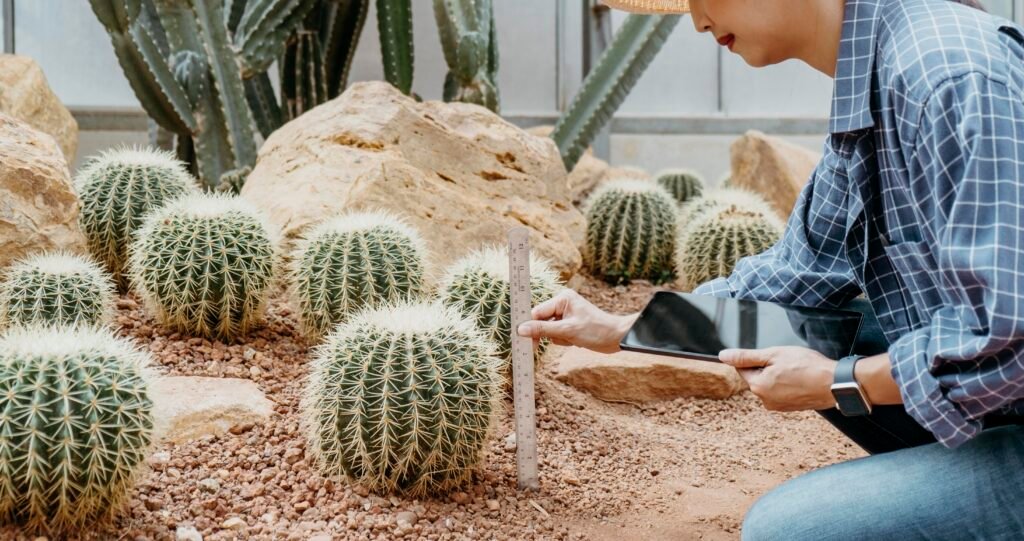
Description: Barrel cactus are circular, ribbed cactus with sharp spines and may produce vivid yellow or red blooms.
Care Tips:
Light: Full sun to strong, indirect light.
Water: Water sparingly; ensuring soil dries up fully between waterings.
Temperature: Prefers warm temperatures between 50-75°F (10-24°C).
Soil: Cactus potting mix with good drainage.
10. Agave (Agave spp.)

Description: Agaves are rosette-forming succulents with thick, pointed leaves that come in different sizes and hues.
Care Tips:
Light: Full sun to strong, indirect light.
Water: Water thoroughly but seldom; allow soil dry up between waterings.
Temperature: Thrives at temperatures between 50-80°F (10-27°C).
Soil: Well-draining, sandy or gravelly soil.
General Tips for Growing Desert Plants Indoors Light Requirements:
Desert plants often demand a lot of light, frequently more than many other species of houseplants. Place them in the brightest area possible, ideally where they may get direct sunshine for portion of the day. South-facing windows are suitable for most desert plants.
Watering: The greatest problem with desert plants is overwatering. These plants are accustomed to arid circumstances and may quickly suffer from root rot if kept too damp. Use the “soak and dry” method: water well until it drains out of the pot, then wait until the soil is fully dry before watering again.
Soil: Desert plants require well-draining soil to prevent water from sitting around their roots. A cactus or succulent potting mix is normally good. You may also construct your own mix by mixing standard potting soil with sand or perlite to promote drainage.
Temperature: Most desert plants enjoy warm temperatures, imitating their original environments. They normally thrive well at regular interior conditions, but avoid planting them in drafty places or near chilly windows during winter.
Humidity: Desert plants demand low humidity settings. Ensure they are not stored in highly humid environments like toilets. Good air circulation may also help avoid fungal concerns.
Fertilization: Fertilize desert plants sparingly. During the growth season (spring and summer), apply a balanced, diluted fertilizer once a month. Many desert plants become dormant in the winter and don’t require any nourishment during this period.
Conclusion
Desert plants are a fantastic option for indoor gardening owing to their resilient nature and distinctive attractiveness. By choosing the correct species and giving them with sufficient care, you may experience a bit of the desert in your home all year round. From the calming Aloe Vera to the spectacular Barrel Cactus, each plant has its unique beauty and advantages, making them a great addition to any interior environment. Remember to pay attention to their special demands, including light and water requirements, to guarantee they grow and provide you delight for many years.

